We work with many different clients who all understand the need for effective, consistent leadership to drive strong business outcomes. The leadership, team effectiveness and culture solutions we use are proven frameworks, principles and approaches that are statistically valid and reliable. The challenge for us is to not only articulate the applicability of a chosen framework to a client’s situation, but to demonstrate the outcomes, what realistically can be expected and what measurable benefit will follow.
Citing case studies and the experience of other clients is a great place to start. But there’s nothing like firsthand experience. So I’d like to share my recent experience of the validity of one of the better known team effectiveness frameworks: Lencioni’s 5 Dysfunctions of a Team.
I recently completed a once‑in‑a‑lifetime challenge: to ride from Sydney Harbour Bridge to the Barwon Heads bridge. I joined a group of cycling enthusiasts who had been looking for some variety in their routine, and we ended up riding the 1,100km in 8 days. In the process we raised $23,000 for a local charity.
It was truly a remarkable week. We were on our bikes every day just before 8am; 50km then a break; another 30km to 50 km depending on the conditions and energy levels, more breaks and more riding, ending the day somewhere between 5pm and 6pm The scenery was spectacular, the riding provided challenge and exhilaration and the passing traffic was mostly supportive. At the end of the day we rolled into our chosen town for the night to discover the delights of 2 star accommodation (sometimes 0.5 star). The evening banter about what minor misdemeanours had occurred during the day was very entertaining (and mostly based on fact).
I’m extremely fortunate to work with some great teams. Quite often when they are looking to improve their effectiveness, we agree to use Patrick Lencioni’s 5 Dysfunctions of Teams as the basis to improve for development.
As I rode on Day 4, somewhere between the 100km and 120km mark I was trying to tune out from the very ordinary cover versions of 80’s songs that some of the team were revelling in as a means to maintain energy and enthusiasm. I began to reflect on how this team had evolved and the extent to which, without actually formalising it, we were bringing Lencioni’s 5 Functions to life…
Lencioni suggests that for any team to consistently accomplish the results it sets out to achieve, it must overcome 5 common dysfunctions:
So, I‘d like to talk through each of these as they relate to my cycling odyssey.
There were many occasions on the ride when individual team members called “time” to seek an unplanned rest due to dropping energy levels. Shouts of “slow down” were passed forward when the pacers at the front of the group increased the average speed above what was feasible. At rest stops and in the evenings’ treatments, ointments and pain relief were shared openly without fear of rancour or disparaging comments.
Our key route planners (Graeme & Mikey) worked together to determine the route on a daily basis and often made changes as the day and conditions evolved. The rest of the team would follow their directions accordingly – based on the trust we had in what they were doing and the outcome we were all trying to achieve.
The ride was the culmination of over 12 months’ planning. The $23,000 fundraised was the result of the generosity of our local community. Both of these targets were achieved after much discussion, divergent views and at times tense conversations. However, always with the outcome in mind – getting 9 ordinary riders safely from Sydney to Barwon Heads. On the road there were some clashes and challenges about the pace, route and rest stops. But each challenge was on the topic at hand, any emotion an indication of passion and once the discussion was concluded and agreed, we all moved on.
The idea for the ride came about from a conversation amongst a group of regular cyclists after one of their normal 30km bike rides. We talked about setting a new challenge. It culminated with a 1,100km ride; the 9 riders being led across Barwon Heads Bridge by 50 children on bikes; thankyou speeches in front of a crowd of 150 family and friends; four community based fundraisers; an amazing following on the Facebook page peaking at 1500 ‘likes’; support from over 20 local businesses; airtime on ABC Local Radio across Victoria; and articles in the local papers. What started as a fantastic idea evolved into a ‘once in a lifetime’ event.
Throughout the journey, each time an idea emerged the debate within the group was passionate and encouraged. Did all of the team agree with the initial ideas? No. Did all options get up? No. Were there disagreements? Yes. However, the outcome was achieved as we often reflected on the end goal: to get 9 riders home safely, have fun, raise what we can for a local charity. Those 3 components guided us throughout the process and were the key enablers for buy-in for our important decisions.
Three months after the ride, I’m still not sure who the team leader was. Mikey led our morning briefings, Graeme identified the route, Andy maintained cohesion whilst riding, Neville controlled the pace, Simon & Greg led the peloton, James maintained team harmony, Lawrie maintained team focus, Pete our support bus driver identified the safe places to rest, I liaised with Alicia our communications guru who was keeping friends, family and community informed and engaged along the journey. But at different times all of us took on all of these roles. Again, clarity around the goal was the guide: get 9 riders home safely, have fun, raise what we can for a local charity. Subsequently, there was tremendous freedom and no hesitation in holding each other accountable, and offering assistance to each other when we thought it was needed.
As I mentioned, our goals was: “Get 9 riders home safely, have fun, raise what we can for a local charity”. All 9 riders rode together for 8 days; no splitting of the group; no A and B teams; just 9 riders and 1 goal.
But it was more than that. Along the planning, fundraising and riding journey there were many people who contributed time, energy & support in so many ways. Jason & Wayne who joined us for the last 2 days, fellow riders who listened to our ramble as the ride dates approached, friends and the community who attended and supported fundraisers, our families who gave us the time to participate in what was ultimately and indulgent week of fun, exercise and tourism (for a good cause).
The outcome truly exceeded the goal, largely because of collective effort. So many people put the collective results ahead of own needs which enabled achievement of team success.
So now, when I talk with clients about team effectiveness and introduce them to Lencioni’s concepts, and they ask, “Does this actually work?” “Will we achieve outcomes?” I can speak from personal first‑hand, not just professional experience. Having been part of a team that rode from Sydney to Barwon Heads, safely, having fun and raising money for a local charity I can even more confidently answer “Yes!”
If you want to learn more about the B2B ride and see some of the fantastic photos, our Facebook page is: https://www.facebook.com/BHCCBridge2Bridge/
If you would like to explore how Lencioni’s 5 Dysfunctions model can be utilised to improve team performance, get in contact with us at: mailto:info@omc-group.com.au
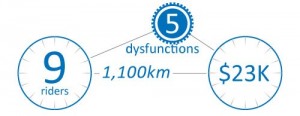
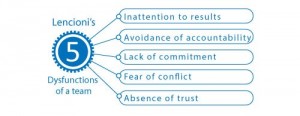

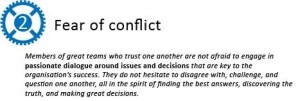
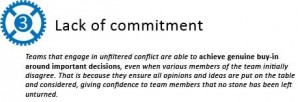

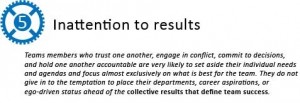
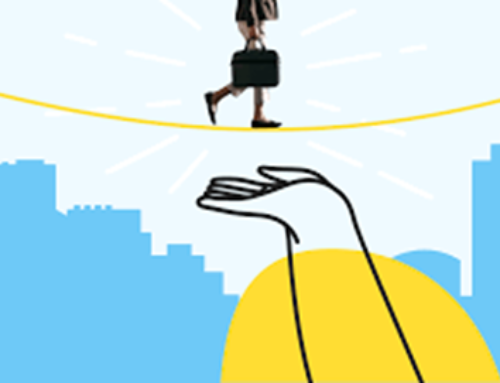
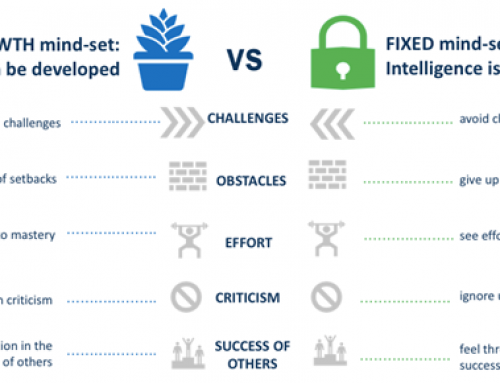
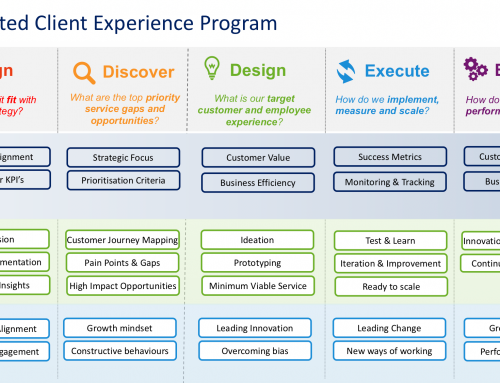
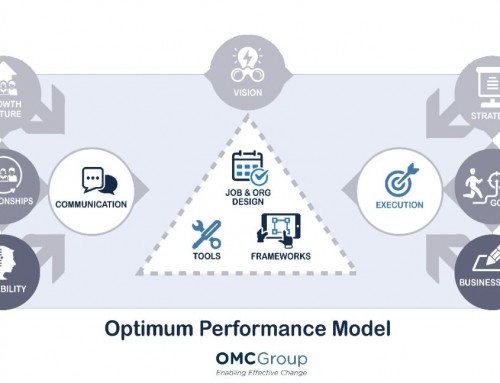

Leave A Comment